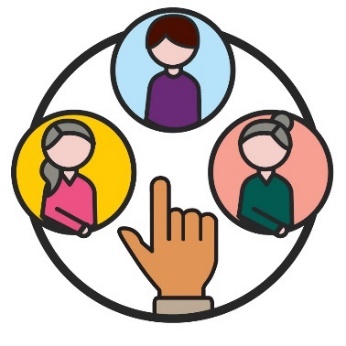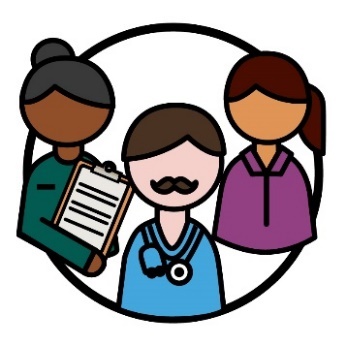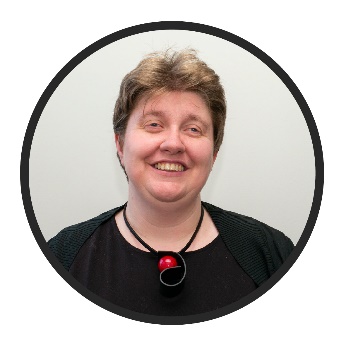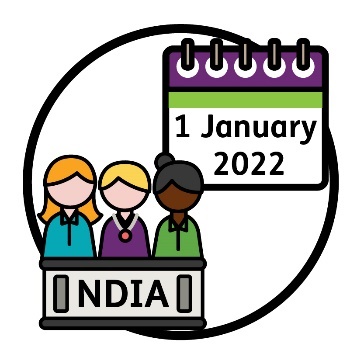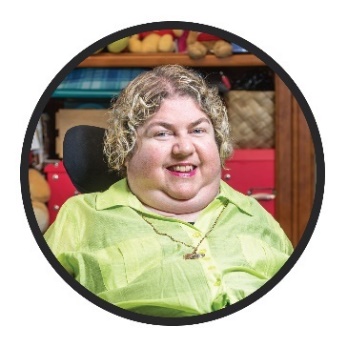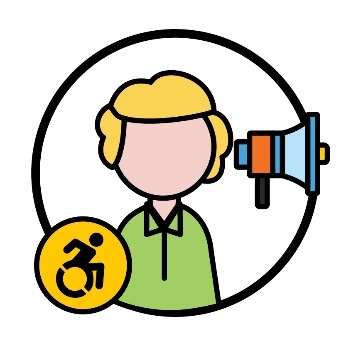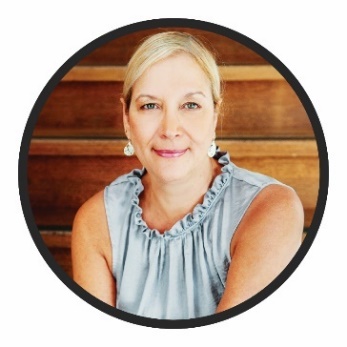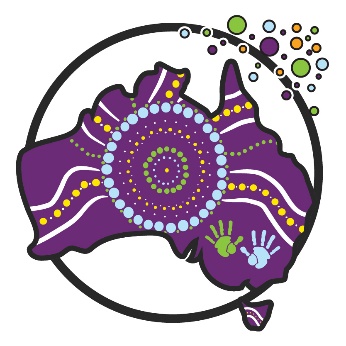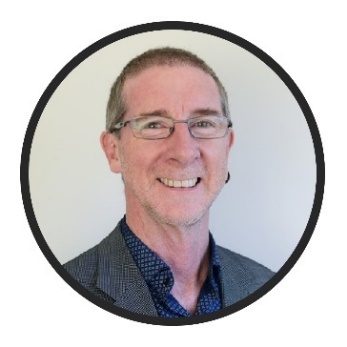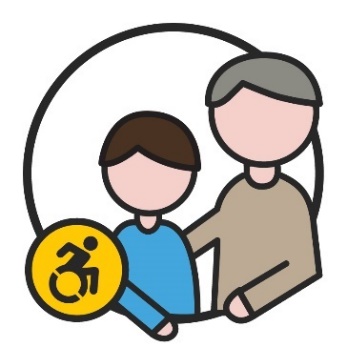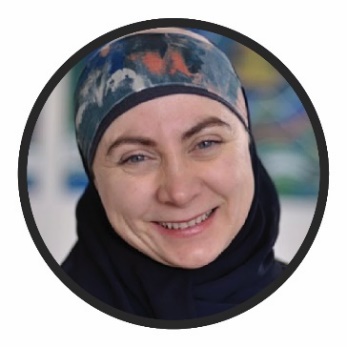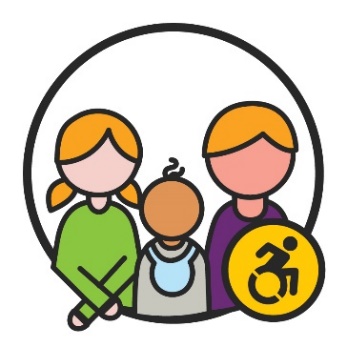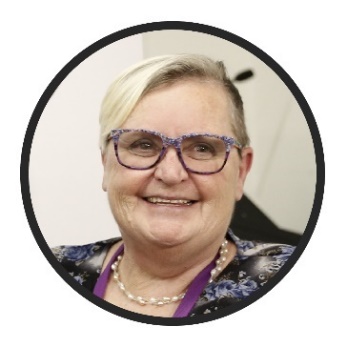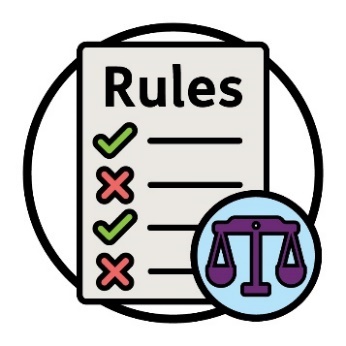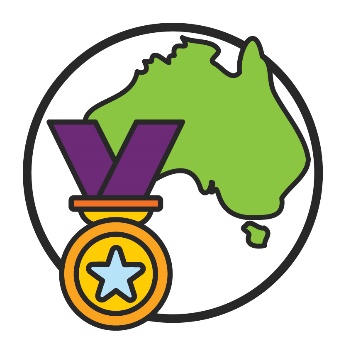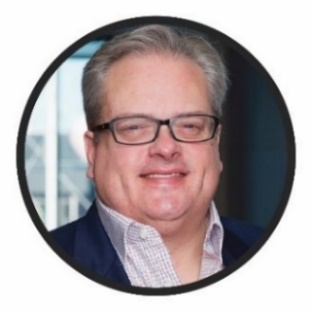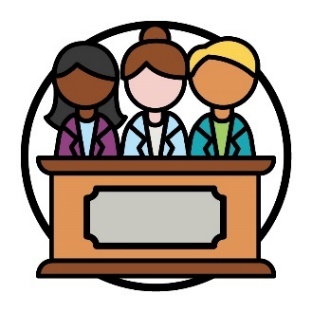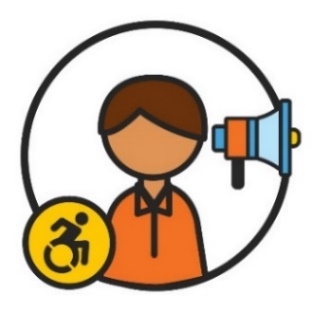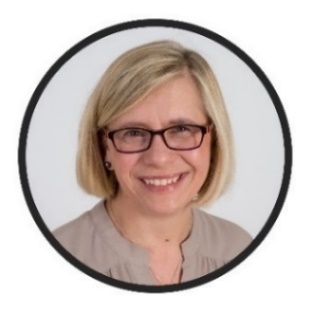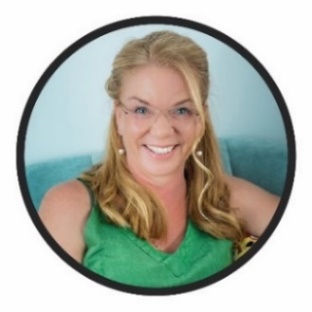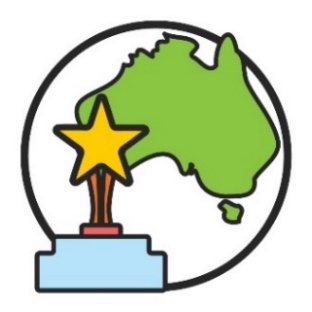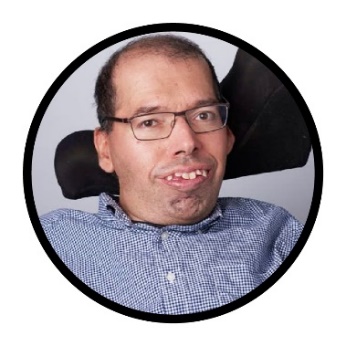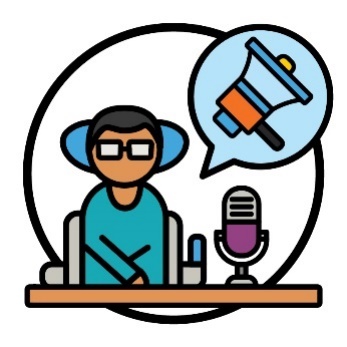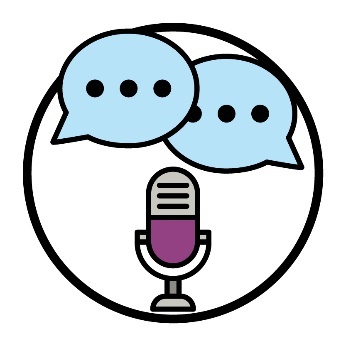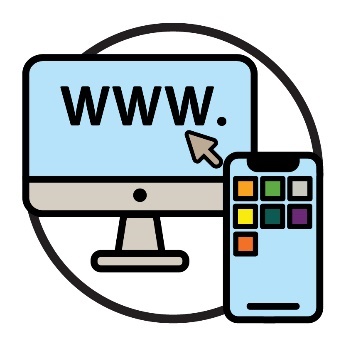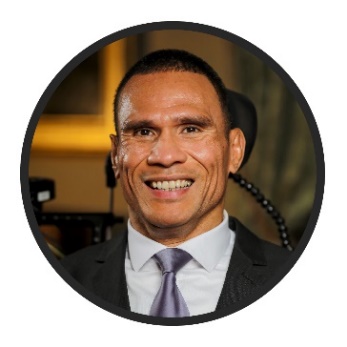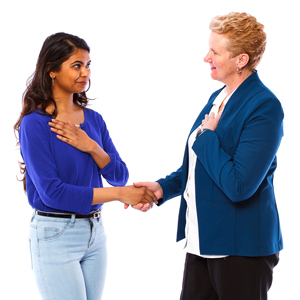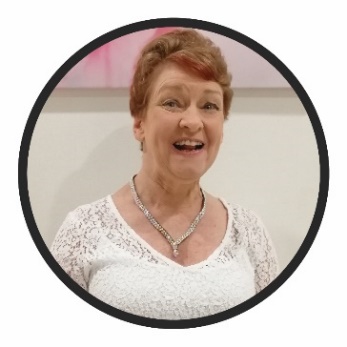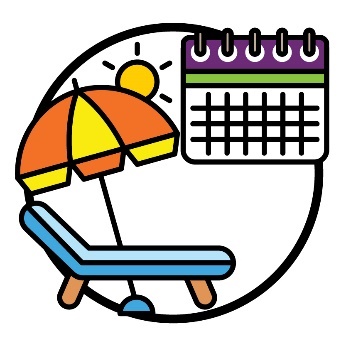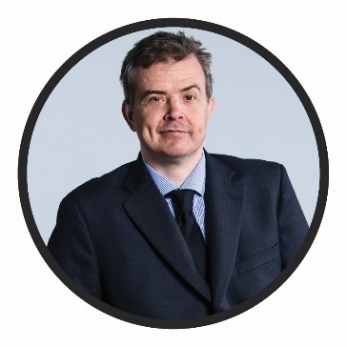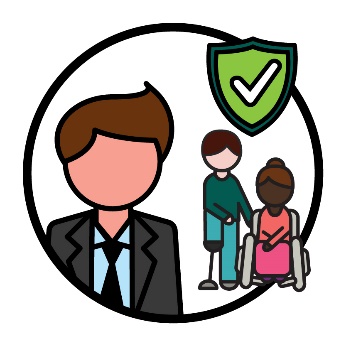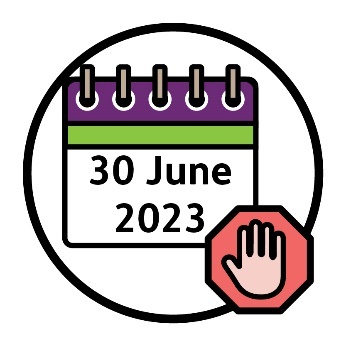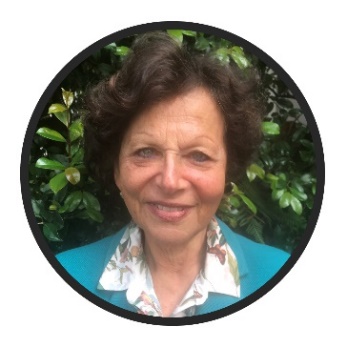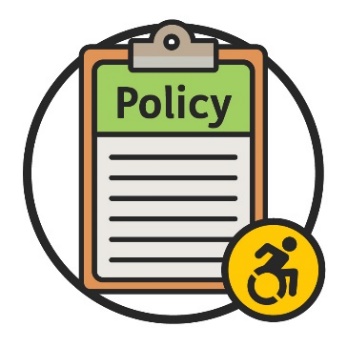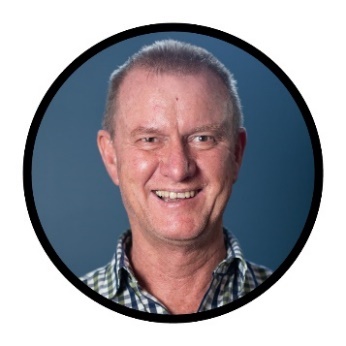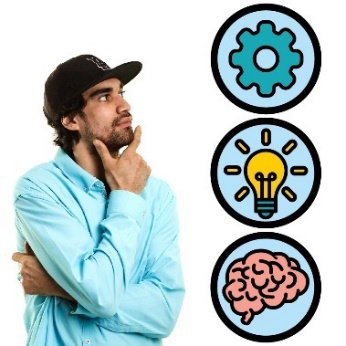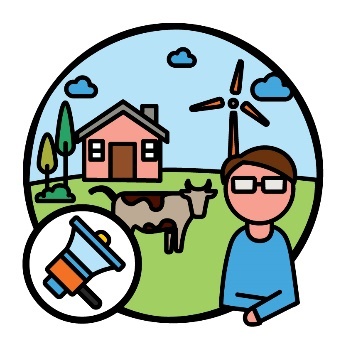Our members
|
|
The Minister for the NDIS chooses our members. |
||||
|
|
Our members include:
|
||||
|
|
Providers support people with disability by delivering a service. |
||||
|
|
Leah van Poppel is the Principal Member. The Principal Member is our leader. |
||||
|
|
She became the Principal Member on 1 January 2022. She also joined the NDIA Board at the same time. |
||||
|
|
Dr Sharon Boyce is a person with disability who: |
||||
|
|
|
||||
|
|
|
||||
|
|
Jennifer Cullen has worked in disability services for more than 30 years. |
||||
|
|
She is a proud Aboriginal woman. She supports Aboriginal and Torres Strait Islander peoples with disability. |
||||
|
|
Dr Leighton Jay gives advice on policies and services that affect people with disability. |
||||
|
|
He has a son with disability. |
||||
|
|
Sylvana Mahmic speaks up for people with disability. |
||||
|
|
She works hard to support children with disability. |
||||
|
|
Tricia Malowney OAM is a woman with disability. |
||||
|
|
She speaks up for the rights of people with disability. |
||||
|
|
Rights are rules about how people must treat you:
|
||||
|
|
The OAM after her name means she received an award called the Medal of the Order of Australia. |
||||
|
|
James Manders works on different boards. |
||||
|
|
A board is a group of people who make decisions for:
|
||||
|
|
He speaks up for people with disability. |
||||
|
|
Sam Paior is the leader of The Growing Space. This is a provider in South Australia that hires people with disability. |
||||
|
|
Liz Reid AM supports people with disability to:
|
||||
|
|
The AM after her name means that she received an award for the Member of the Order of Australia. |
||||
|
|
Dr George Taleporos is a person with disability and high support needs. |
||||
|
|
He has been speaking up for people with disability for over 20 years. He also works on a podcast called Reasonable and Necessary. |
||||
|
|
A podcast is a recording of people talking about a topic. It is a bit like a radio program. |
||||
|
|
Podcasts are shared:
|
||||
|
|
Mark Tonga speaks up to make sure people with different disabilities:
|
||||
|
|
He believes everyone should be treated:
|
||||
|
|
Kerry Allan works to improve rights for people with disability. |
||||
|
|
Kerry is a person with disability. She was born with cerebral palsy. |
||||
|
|
This year she took a break from her work with us. |
||||
Other people who support the IAC
|
|
Dr Ben Gauntlett is our Expert Adviser. This means he supports us with our work. |
||
|
|
He is the Disability Discrimination Commissioner at the Australian Human Rights Commission. This means he works to make sure people with disability are safe. |
||
|
|
Ben finished his work as Commissioner on 30 June 2023. |
||
|
|
Belinda Epstein-Frisch AM works closely with our members to turn our advice into a report. |
||
|
|
She has experience writing policies that affect people with disability. She also speaks up for people with disability. |
||
|
|
Gavin Burner is a person with intellectual disability. |
||
|
|
An intellectual disability affects how you:
|
||
|
|
He speaks up for the rights of people with intellectual disability who live far away from cities and towns. |
||
